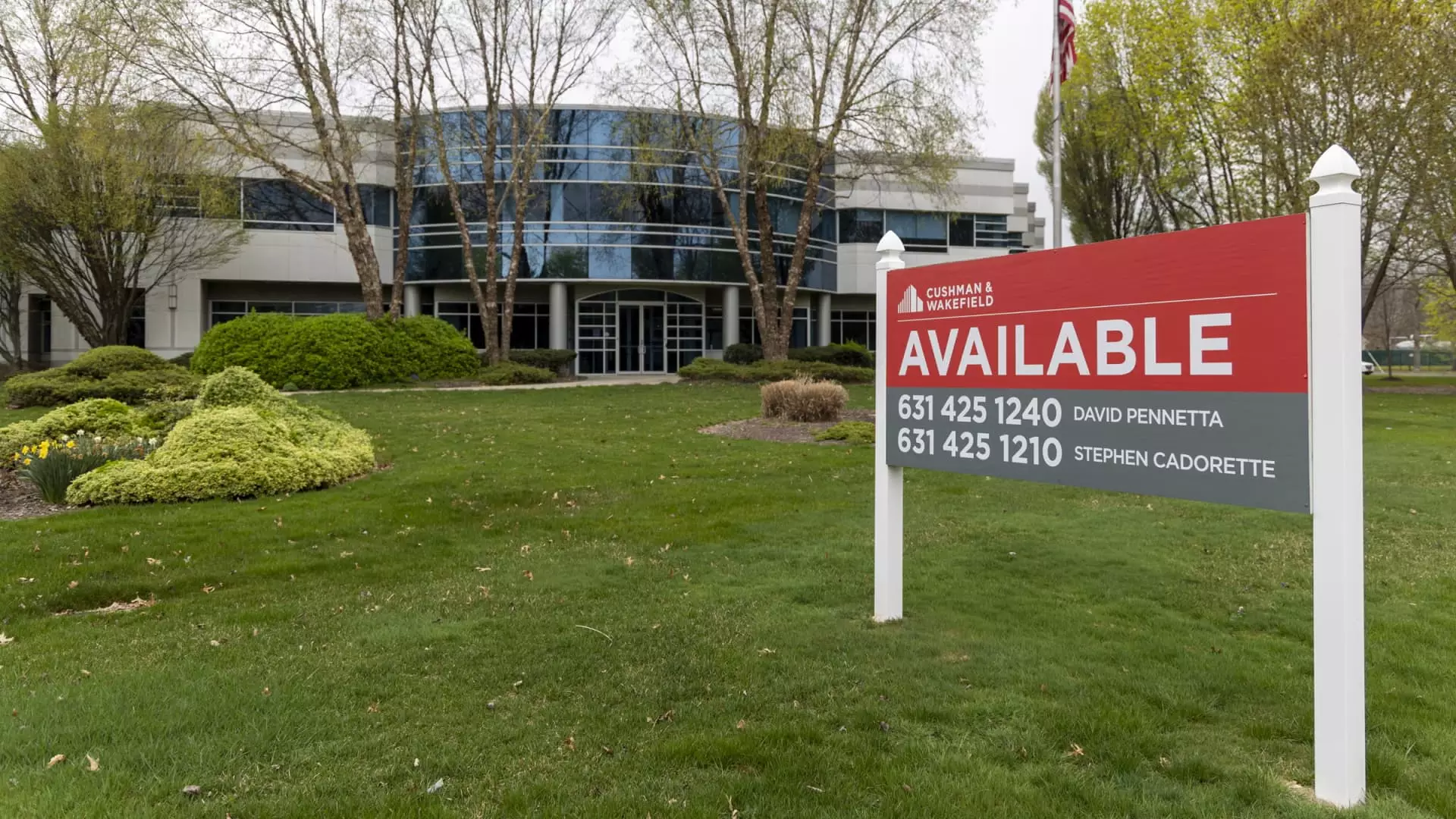The commercial real estate (CRE) sector has been trapped in a cycle of stagnation since the onset of the Covid-19 pandemic, which disrupted market dynamics and ushered in a period of economic volatility. Recently, however, there are signs that a recovery may be on the horizon, driven primarily by the Federal Reserve’s decision to lower interest rates. As of September 2023, the Fed cut its funds rate for the first time in three years, which could ignite renewed interest and activity in a market that has long been plagued by uncertainty.
Lower interest rates typically lead to cheaper borrowing costs, making financing options more accessible for investors and developers alike. This could allow for a resurgence in deal-making, particularly after a prolonged period of stagnation observed into the second quarter of 2024. The CRE market was under tremendous pressure prior to these changes, witnessing a sharp decline in property values and transaction volumes as rising rates, combined with weak demand and oversupply, created a hostile environment for investors.
Wells Fargo analysts recently underscored that the Fed’s change in stance represents a “notable green shoot” for the CRE landscape, signaling potential for recovery. The optimism, while measured, has started to awaken dormant market participants who might have been hesitant to act amid rising rates and valuations that did not align with economic realities. The suggestion that the Fed’s adjustments are merely a psychological uplift indicates that stability and confidence are pivotal in energizing the market.
In a recent interview, Willy Walker, CEO of Walker & Dunlop, noted an uptick in both refinancing and sales volumes, suggesting that the market is beginning to thaw. After a prolonged standoff between buyers and sellers—where inflated property valuations met buyer reluctance—the resurgence in transaction volume in the second quarter of 2024 was a positive development. Crossing the $40 billion mark in transactions, despite being lower year-over-year, signifies that buyers and sellers are starting to re-engage with the market.
The dynamics of the multifamily sector stand in stark contrast to those of the office segment of commercial real estate. The multifamily market has been buoyed by demographic shifts and changing consumer preferences, evidenced by a significant increase in net absorption rates. Unlike other property types, multifamily housing has benefitted from factors such as escalating single-family home prices and stagnant wage growth, which have compelled many to seek rental options.
With more than 500,000 new multifamily units slated for completion this year, the sector appears to be well-positioned to meet burgeoning demand. Data from Wells Fargo suggests that rental growth, though less feverish than during 2021, remains stable, which reflects a healthy balance between available housing stock and consumer appetite.
Moreover, a stagnation in vacancy rates, which held steady at 7.8% for the first time in two years, reflects a maturing multifamily market. This stabilization points to a gradual alignment of supply and demand—a crucial factor as developers navigate construction timelines and investor confidence.
In contrast, the office sector faces a complex array of challenges as it attempts to rebound from the setbacks of the pandemic. Despite witnessing some positive movement, such as the first positive net absorption of occupied office space since 2022, the overarching narrative remains one of caution. The sector continues to grapple with high vacancy rates and significant shifts in work culture driven by the proliferation of remote work options, which have fundamentally altered the demand for traditional office spaces.
While cities like Manhattan report increasing visitation rates in office buildings, the reality is that average prices remain substantially depressed—down nearly 50% since pre-pandemic levels. As businesses adjust to hybrid work models and navigate their long-term real estate strategies, the headwinds faced by the office segment indicate a longer road to recovery compared to other property types.
As the commercial real estate landscape adapts to a new economic paradigm, the interplay between interest rates, market sentiment, and sector-specific dynamics will be pivotal. While the Fed’s interest rate cuts may offer a reprieve, the path towards a robust recovery will likely be uneven, with multifamily assets showing distinct strength compared to commercial offices. The interplay of demographic trends, housing affordability, and consumer preferences will continue to shape the narrative, providing both opportunities and challenges for stakeholders across the industry.
The tide may be beginning to turn for commercial real estate, but stakeholders must remain vigilant as they navigate a shifting landscape. The next several months will be critical in determining whether these initial signs of recovery can hold and sustain momentum throughout a sector that has weathered unprecedented challenges.

